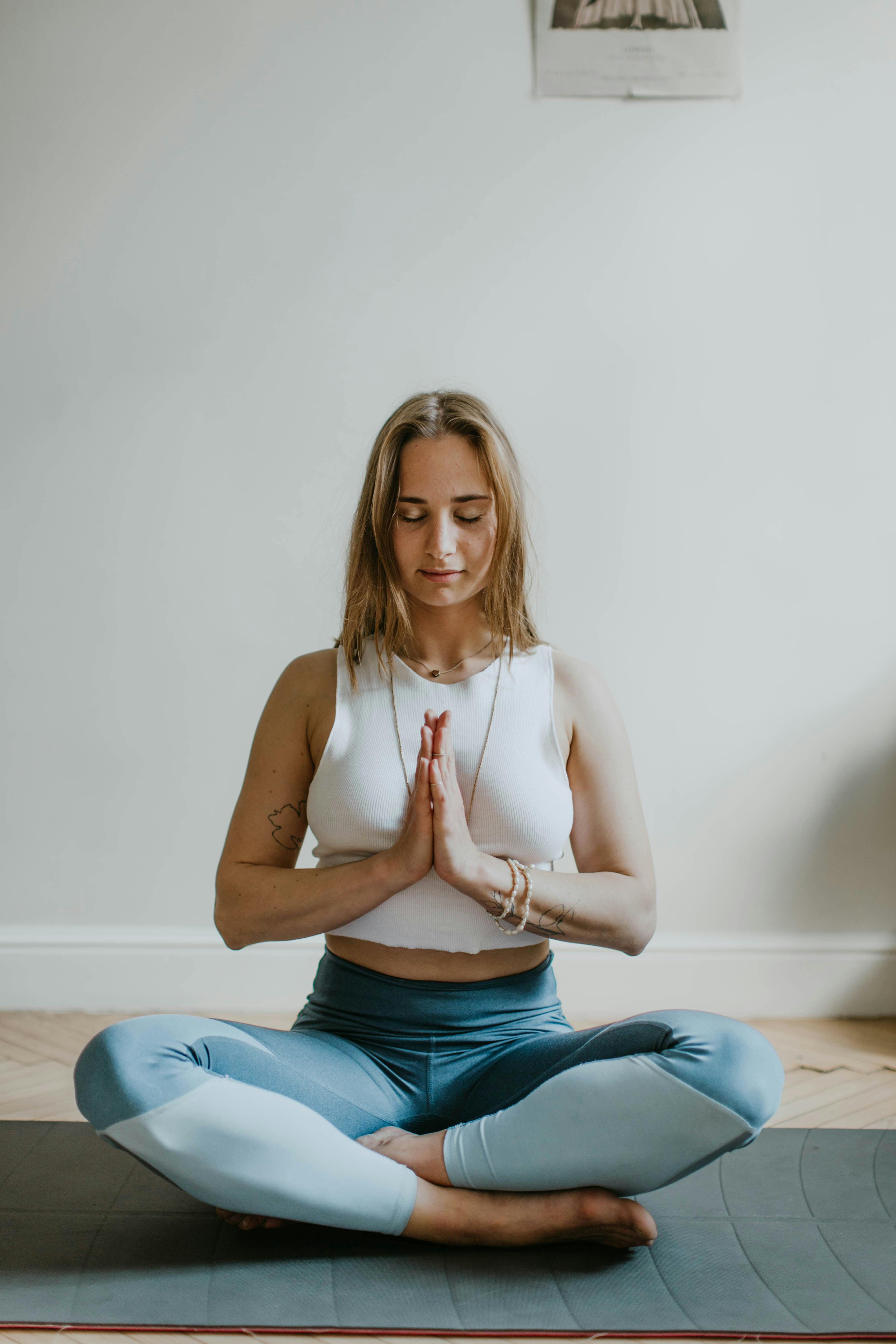10 Proven Tips for Mindful Living in Everyday Life
In today’s fast-paced world, finding inner peace and clarity has become more essential than ever. Tips for mindful living can help you reclaim your focus, manage stress effectively, and live a more meaningful life. This comprehensive guide will walk you through practical techniques and advanced insights to make mindfulness a daily reality.

Understanding the Fundamentals
Mindful living involves being present, intentional, and fully engaged in the current moment without judgment. This ancient practice has roots in Buddhist traditions but has evolved into a widely adopted approach for modern mental wellness.
These fundamentals are crucial for grounding ourselves amid constant distractions. Like tuning a radio to the right frequency, mindfulness aligns us with our inner state, improving mental clarity and emotional resilience.
1.1 Presence Over Productivity
While society values productivity, being present is equally vital. Mindfulness doesn’t mean doing less but doing with awareness. For example, eating mindfully can enhance digestion and enjoyment.
One study from Harvard showed that people spend nearly 47% of their time thinking about something other than what they’re doing—mindfulness counters this by reconnecting us with now.
1.2 Awareness and Acceptance
Unlike self-judgment, mindfulness encourages observing thoughts and feelings without resistance. It differs from positive thinking by embracing all experiences neutrally.
Practicing acceptance can significantly reduce anxiety and improve self-compassion. This mindset shift is often the missing link in sustainable personal development.
Practical Implementation Guide
Now that the groundwork is clear, it’s time to implement these tips for mindful living. While results may vary, most people notice improvements in focus, emotional regulation, and sleep within a few weeks.

2.1 Actionable Steps
- Start Small: Begin with just 5 minutes of breathing meditation each morning.
- Use Tools: Apps like Insight Timer or Calm can guide your daily mindfulness sessions.
- Track Progress: Keep a journal to document what techniques work best and how you feel daily.
2.2 Overcoming Challenges
Common obstacles include racing thoughts, impatience, and lack of time. Solutions include:
- Pairing mindfulness with routine activities (e.g., brushing teeth, walking)
- Setting calendar reminders
- Creating a dedicated peaceful space
Experts suggest practicing non-judgment when the mind wanders. Gently bringing attention back is a success, not a failure.
Advanced Applications
Once basic practices are integrated, you can explore deeper techniques for heightened results. This level of mindfulness enhances productivity, creativity, and even leadership.

3.1 Body Scan Meditation
This technique involves mentally scanning your body from head to toe. Case studies show that it helps reduce chronic pain and improve sleep in long-term practitioners.
Tracking physiological responses like heart rate and muscle tension can reveal how powerful mindful awareness is in restoring balance.
3.2 Mindful Communication
Integrating mindfulness into conversations reduces reactivity and deepens empathy. This method works well in workplaces and relationships.
It’s compatible with conflict resolution models and active listening frameworks, making it a high-impact skill for professionals.
Future Outlook
The mindfulness industry is expected to grow significantly, with wearables and AI-assisted meditation apps becoming more prevalent. Innovations like neurofeedback and VR-enhanced mindfulness are gaining momentum.
To stay ahead, individuals can invest in training, follow thought leaders, and remain open to tech-enhanced practices while maintaining core mindfulness values.
Conclusion
Three key takeaways are: start small and stay consistent, be kind to yourself during setbacks, and explore advanced practices when ready. These tips for mindful living can transform not only how you feel but how you live.
Start today by setting a 5-minute timer and focusing on your breath. This simple act is the first step toward a more grounded, vibrant, and fulfilling life.
Frequently Asked Questions
- Q: What is mindfulness in simple terms? Mindfulness is the practice of being fully aware and present in the current moment without judgment, helping reduce stress and enhance clarity.
- Q: How do I get started with mindfulness? Begin with short daily breathing exercises, use a guided app, and create a calm space free of distractions.
- Q: How much time do I need to practice daily? Even 5–10 minutes a day can yield benefits, though 20 minutes is often ideal for deeper results.
- Q: Does mindfulness cost money? Not necessarily—many apps and videos are free. Paid retreats and coaching are optional for advanced learning.
- Q: Is mindfulness better than meditation? They overlap. Meditation is a form of mindfulness, but mindfulness can also be practiced during daily tasks.
- Q: Is mindfulness difficult to learn? It’s simple but requires consistency. Beginners often struggle with focus, which improves over time.
- Q: Can I use mindfulness at work or in business? Absolutely. Mindful leadership and communication are proven to boost team morale and productivity.
